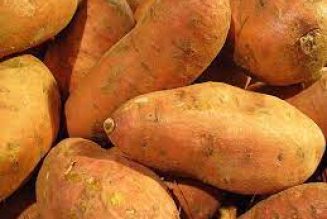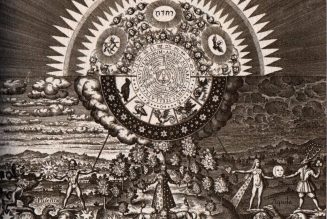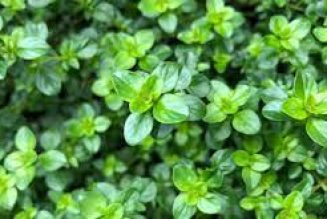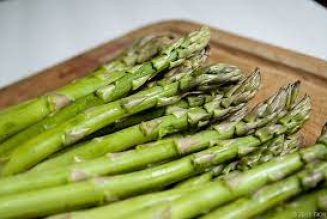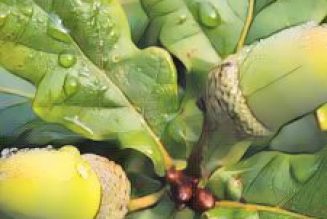These deities are for the hunt, instincts, willing sacrifice and ecstasy.
Cernunnos
Cernunnos, meaning ‘horned one’, was a generic term for the various Horned Gods of the Celtic
tradition. The god dates back to the shamanic figures portrayed on cave walls. Cernunnos was lord of
winter, the hunt, animals, death, male fertility and the Underworld, and was sometime portrayed as a
triple or trefoil god, an image later assimilated by St Patrick with his emblematic shamrock.
Other forms of the Horned God include Herne the Hunter, the Greek Pan, god of the woodlands, and
Dionysus, Greek god of vegetation and the vine, whose ecstatic mystery cult involved ritual
dismemberment and resurrection.
Cerunnos’ importance has been in his continuing presence as the Horned God, the male principle in
witchcraft through the ages, in modern Wicca and other neo-pagan faiths. He is also invoked for
prosperity, fertility, instinctive power and knowledge of when it is necessary to hunt, whether to find
employment or a home, and as protection against predators of all kinds.
Dionysus
Dionysus, sometimes depicted as a Horned God, was a god of the grain, who died and was reborn
every year as a child in a basket, representing the seed corn. He was the Greek god of fertility, ecstasy
and wildness, who bestowed great abundance on his followers; his cult performed savage rites at
Eleusius where human flesh was eaten as the bread of life. Not an easy deity to use, without great
experience and restraint, as the excesses carried out under his name need to be kept in check while
invoking the free spirit and the renewal of life. He is potent for breaking away from destructive
situations or, ironically, bad habits such as alcohol.
Osiris
Osiris became one of the most important and popular gods in Ancient Egypt, mainly because he
promised non-royal believers that resurrection and salvation from death were for everyone, poor as
well as rich. Originally he was identified with each dead pharaoh, and his son Horus was identified
with the reigning successor.
Osiris married his sister Isis, and his brother Seth married Isis’s sister Nephthys. According to legend,
Osiris was at first made an earthly king by his father Geb, the Earth God. Osiris ruled wisely, teaching
his people about agriculture and the arts. But Osiris’s brother Seth was jealous and vowed to kill him.
Seth invited Osiris to a feast and showed the guests a fine coffer, promising that whoever fitted inside
would be the owner. Osiris stepped inside the coffer and it fitted perfectly. Seth slammed the lid tight
and he and his followers threw the chest into the Nile.
Isis searched for her husband and at last discovered the chest at Byblos on the Phoenician coast. She
brought Osiris’ body back to Egypt and conceived a son by her dead husband, hiding herself in the
rushes of the marshes of the delta while awaiting the birth.
Seth discovered the body of Osiris, hacked it into pieces and scattered them throughout Egypt so that
he could never be restored to life. But Isis searched once more and, assisted by Nephthys, remodelled
the bones into Osiris’ form and restored her husband to life once more.
When their son Horus, the Sky God, became a youth, he fought to avenge his father against Seth. The
divine judges, including Thoth, god of wisdom, met in the Great Hall of Judgment and decided that
Osiris should become not a living king once more, but eternal King and Judge of the Underworld.
Osiris was also god of vegetation, the fertile, flooding Nile and the corn, and so represented the annual
dying of the land and rebirth with the flood. He is normally pictured as a man, bound in mummy
wrappings.
Osiris is an important icon of the annual cycle of sacrifice and resurrection but, as with all the
sacrifice gods, it is the female power that causes the resurrection. Like other sacrificed and restored
gods, Osiris thereby represents the integration of animus and anima and sacred sex magick. He can be
used in rituals for the balance of male/female energies or where the female in the High Priestess role
takes the lead. He is also good for any magick that relies on a cycle of regeneration following a
natural ending.
